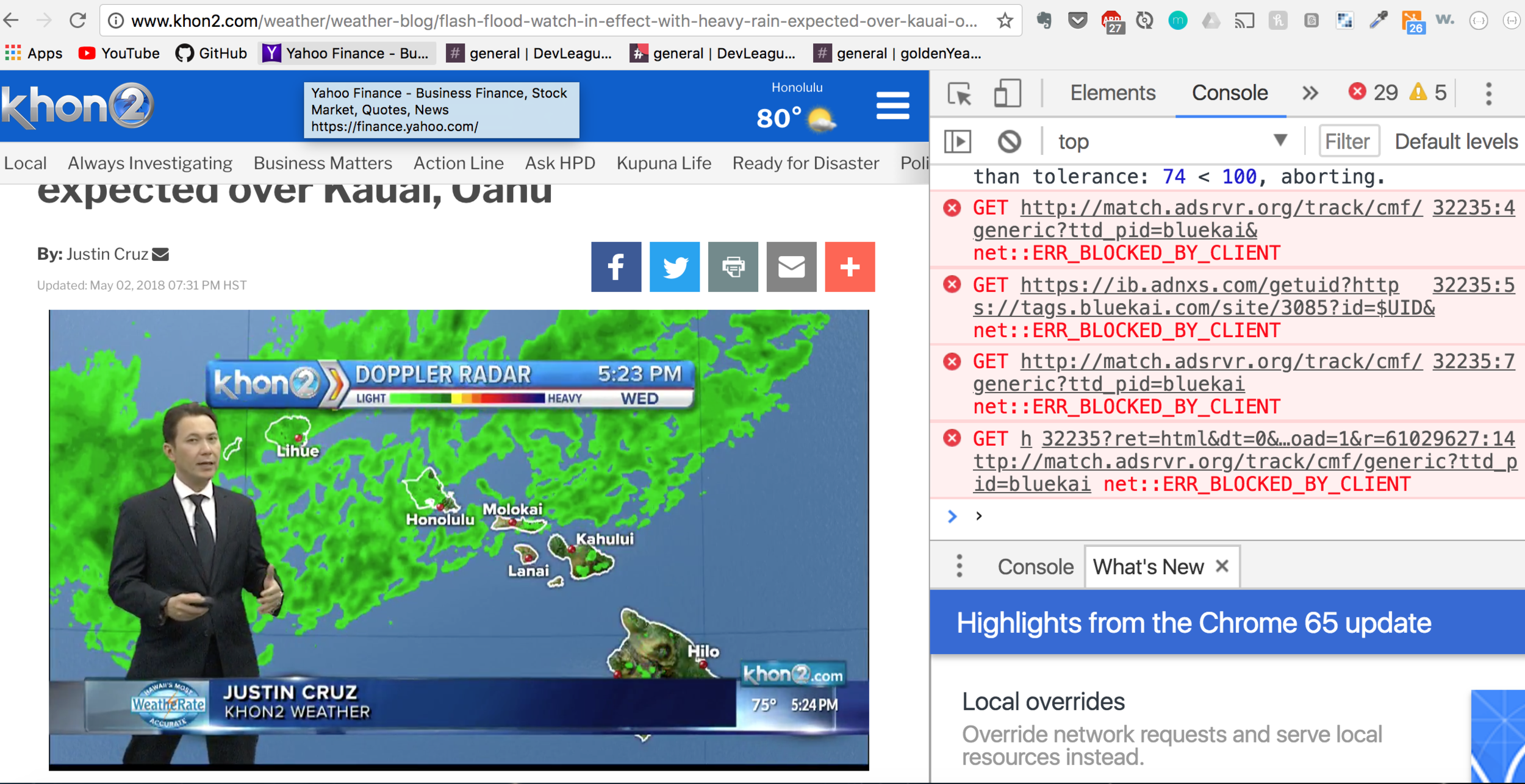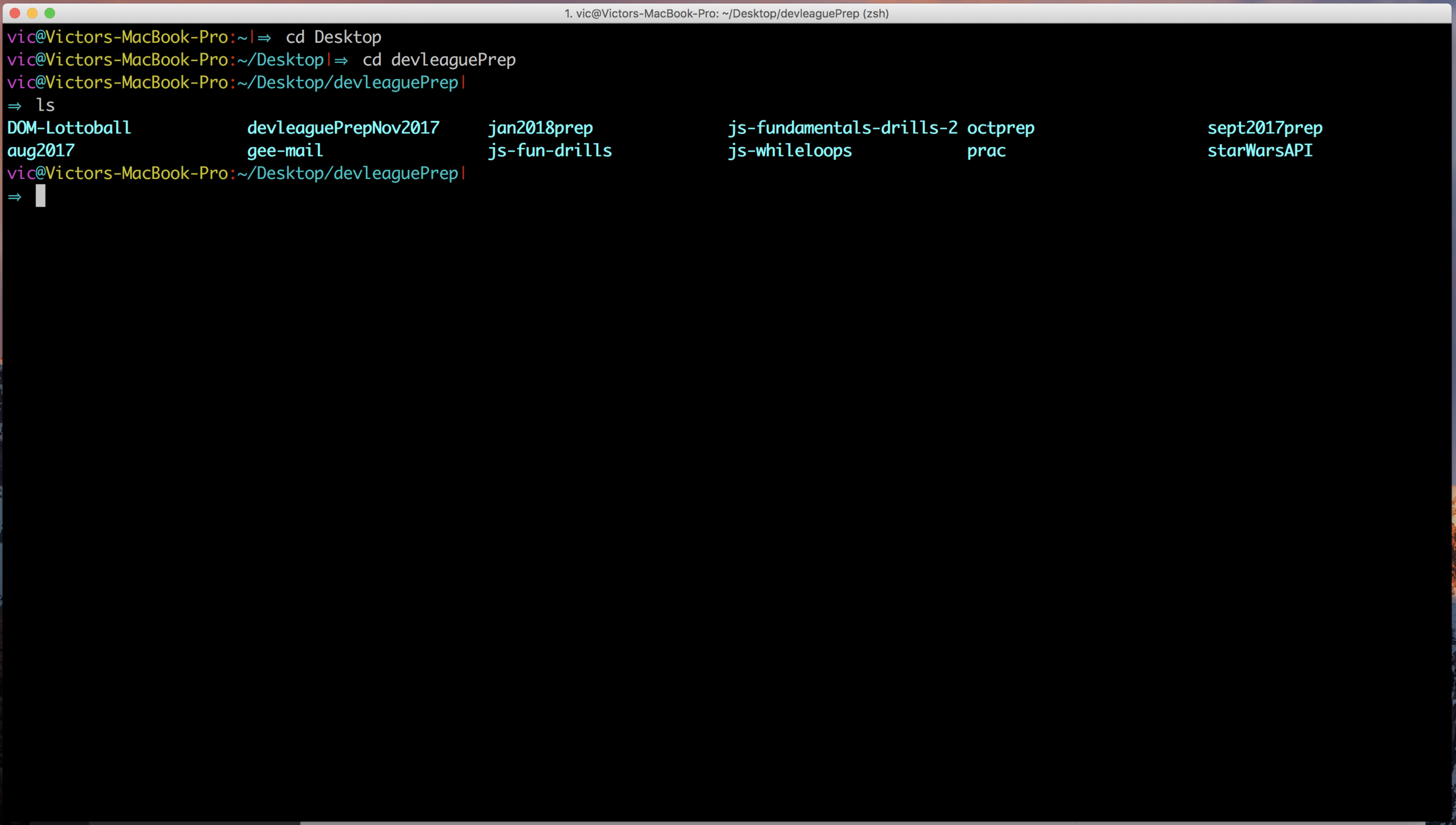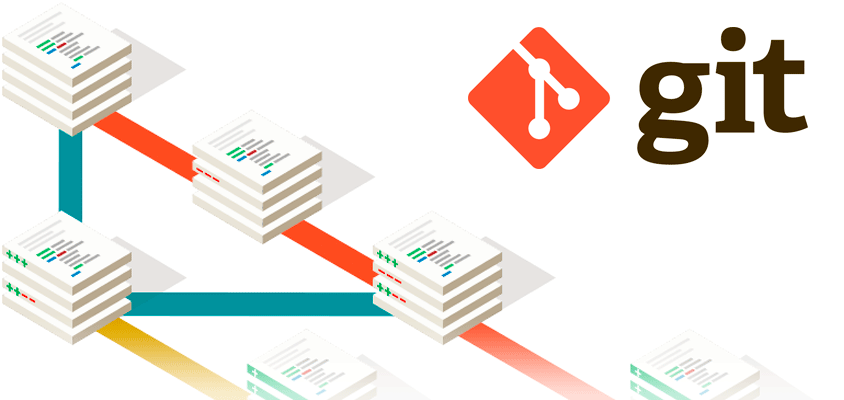Networking
- Packet - most basic unit of that is transferred over a network, the envelopes that carry your data from one end point to the other
Connecting
In networking, a connection refers to pieces of related information that are transferred through a network.
- LAN (Local Area Network) - A network or portion of a network that is not publicly accessible to the greater internet
- WAN (Wide Area Network) - A network that is more extensive than a LAN
Networking Interface
A network interface may be associated with a physical device or virtual interface.
-
Port - An address on a single machine that can tied to a specific piece of software, allows your server to be able to communicate using more than one application
- each computer can have many services
- a port is a number between 1 and 65535 that differentiates among the services on a system
- Firewall - A program that decides whether traffic coming into a server or going out should be allowed. Rules for which type of traffic is acceptable on which ports
- NAT (Network Address Translation) - A way to translate requests that are incoming into a routing server to the relevant devices or servers that it knows about in the LAN
- VPN (Virtual Private Network) - A way of connecting separate LANs through the internet, while maintaining privacy. A means of connecting remote systems as if they were on a local network, often for security reasons.
Protocols
A set of rules and standards that define a language that devices can use to communicate.
Any service can listen on any port, but there are customary ports for many protocols:
- 21 - FTP (control port)
- 22 - SSH
- 25 - SMTP
- 80 - HTTP
- 443 - HTTPS
- 3306 - MYSQL
- 5432 - Postgresql
- 5984 - CouchDB
- 6667 - IRC
Ports
- HTTP - browse web pages
- HTTPS - browse web pages with encryption
- SMTP - send and receive emails
- IMAP, POP3 - load emails from an inbox
- IRC - chat
- FTP - file transfer
- SSH - remote shell over an encrypted connection
- SSL - low-level secure data transfer (used by HTTPS)
Protocols cont
the language that computer programs speak to each other with.
Some common protocols:
- Media Access Control - A communications protocol that is used to distinguish specific devices
- IP - One of the fundamental protocols that allow the internet to work. IP addresses are unique on each network and they allow machines to address each other across a network
- ICMP (Internet Control Message Protocol) - Used to send messages between devices to indicate the availability or error conditions
- TCP (Transmission Control Protocol) - Used to establish reliable connections and is implemented in the transport layer of the TCP/IP model
- UDP (User Datagram Protocol) - Popular companion protocol to TCP and is also implemented in the transport layer
- HTTP (Hypertext Transfer Protocol) - A protocol defined in the application layer that forms the basis for communication on the web
- FTP (File Transfer Protocol) - In the application layer and provides a way of transferring complete files from one host to another
- DNS (Domain Name System) - An application layer protocol used to provide a human-friendly naming mechanism for internet resources
- SSH (Secured Shell) - An encrypted protocol implemented in the application layer than be used to communicate with a remote server in a secure way
Protocols cont
Networking works by piggybacking a number of different protocols on top of each other.
any networked computer can be a server
any networked computer can be a client
pieces of data, aka packets sent over the network
TCP - reliable transport, acknowledges packet
UDP - unreliable transport, packets sent but no confirmation
Title Text
Text
There are a multiple technologies and protocols that are built on top of each other in order for communication to function more easily. Each successive, higher layer abstracts the raw data a little bit more and makes it simpler to use for applications and users.
- OSI Model
- TCP/IP Model
Network Layers
Open Systems Interconnect
OSI Model
Seven separate layers:
- Application - Layer where the users-applications most often interact with.
- Presentation - Responsible for mapping resources and creating context
- Session - Connection handler, creates, maintains and destroys connections between nodes in a persistent way
- Transport - Responsible for handling the layers above it a reliable connection.
- Network - Used to route data between different nodes on the network
- Data Link - A method of establishing and maintaining reliable links between different nodes or devices on a network using existing physical connections
- Physical - Responsible for handling the actual physical devices that are used to make a connection
Internet Protocol Suite, another layering model that is simpler and widely adopted
TCP/IP Model
Four separate layers:
- Application - Responsible for creating and transmitting user data between applications
- Transport - Responsible for communicating between processess
- Internet - Used to transport data from node to node in a network
- Link - Implements the actual topology of the local network that allows the internet layer to present an addressable interface
What is a Full Stack Developer?


Front End / Client Side
Back End / Server Side
HTTP Request
HTTP Response
- HTML
- CSS
- Javascript
- Front end frameworks (Angular, React)
- Node.js
- Express
- SQL
- Database
- 100s - Informational (issued on a provisional basis while request processing continues)
- 200s - Success (request was received, understood and accepted)
- 300s - Redirection (client must take additional action to complete the request)
- 400s - Client Errors (errors caused by the client)
- 500s - Server Errors (server failed to fulfill a request)
HTTP Status Codes
Hypertext Transfer Protocol (HTTP) status codes are issued by the server in response to a client's request made to the server.
- Chrome Browser
- Text Editor (Visual Studio Code)
- Command Line
- Github
- Git
The Developer Toolkit
Your problem solving tools:
Chrome Browser
Built-In Developer Tools for Debugging

Text Editor
A text editor for code and markup.

Command Line
Interacting with a computer program

Github
A code hosting platform for version control and collaboration, where developers can store and share their projects.

What is Git?
A version control system created by Linus Torvalds that allows you and the team to keep track of every modification to the code and allows for easy collaboration with other developers.
